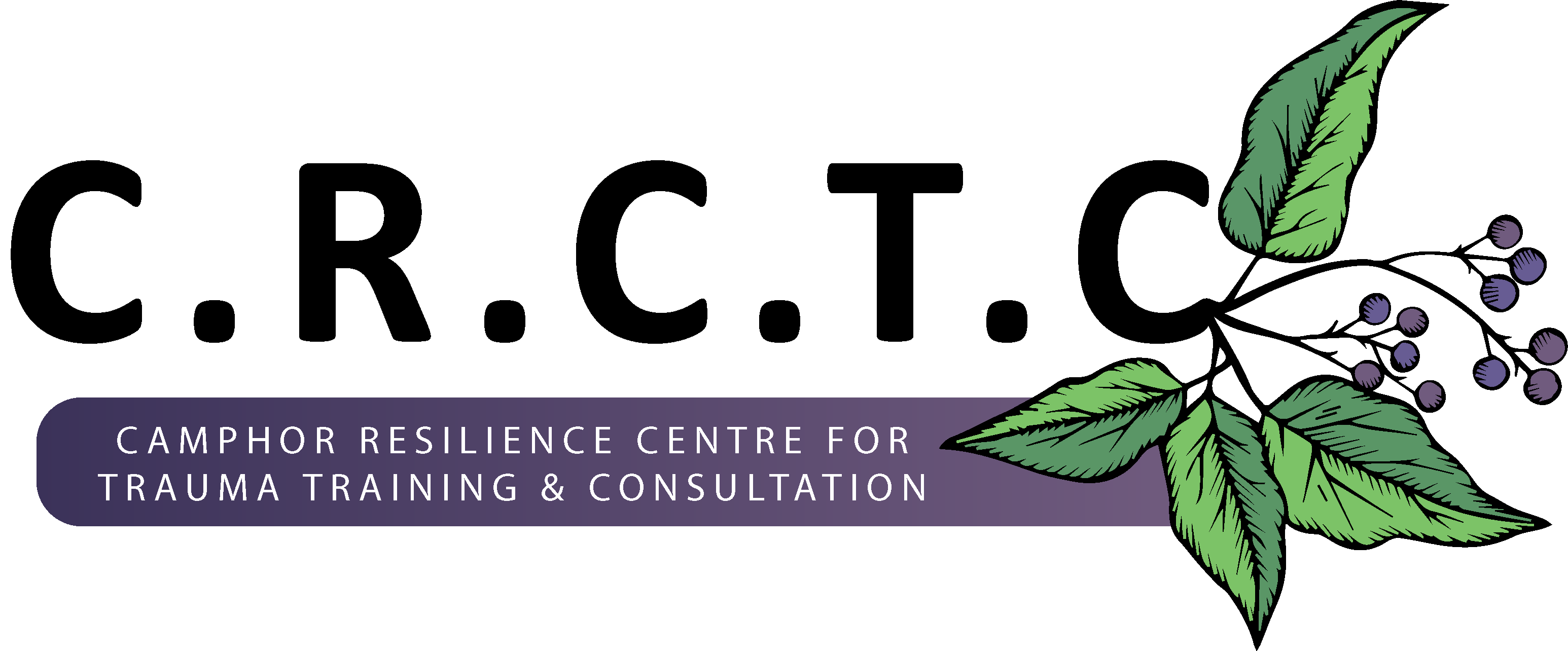STRENGTH THROUGH DISCIPLINE
This slogan emphasises the intersection of healing and resilience, showcasing CRTCC and, more specifically, the Albatross Community Project for Children, where individuals can find support, resources, and guidance to recover from trauma and develop the resilience needed to thrive in adversity. It conveys a message of hope, strength, and empowerment for those seeking assistance in their journey towards healing and resilience.
The motto, Embrace the Strength of the Albatross, Soaring above Life's Storms, Resilient in the Face of Adversity, encapsulates the essence of the project, which is to empower children in their healing journey after trauma or adverse childhood Experiences (ACE) while also focusing on building resilience for a brighter future. It highlights the CRTCC's (Camphor Resilience Trauma Training Centre & Consulting) dual focus on supporting individuals through their recovery process and equipping them with the tools and skills to navigate challenges with strength and positivity.
Why an Albatross? The albatross is a bird that symbolises resilience. Albatrosses are remarkable seabirds known for their incredible endurance and resilience in harsh environmental conditions. They can fly long distances over the open ocean, facing strong winds and turbulent weather conditions with grace and adaptability.
The albatross can be considered both a symbol and a narrative for the Trauma Centre, depending on the context and how it is utilised. Here's how it can be viewed in both aspects:
The albatross symbolises various traits relevant to trauma resilience, such as strength, endurance, adaptability, and freedom. Using the albatross as a symbol for the Community Project conveys a message of overcoming challenges, navigating adversity, and emerging more robust and resilient.
The narrative associated with the albatross can be woven into the storytelling and branding of the community project to create a cohesive and compelling message. This narrative might involve the albatross's journey, ability to weather storms, resilience in the face of challenges, and the parallels between the bird's experiences and the trauma recovery process.
Albatrosses are also known for their impressive navigation skills, which allow them to travel thousands of miles without rest. They rely on their instinct and resilience to survive in challenging environments. Despite their challenges, albatrosses exhibit remarkable resilience in their ability to adapt, persist, and thrive in some of the harshest conditions on Earth.
Albatrosses' resilience in adversity makes them powerful symbols of endurance, strength, and perseverance. They remind people that with determination and resilience, individuals can overcome obstacles and emerge stronger on the other side.
The phrase "albatross around one's neck" is often used to describe a burdensome or troublesome situation or responsibility that hinders a person from achieving their goals or living freely. This expression is derived from Samuel Taylor Coleridge's The Rime of Ancient Mariner," in which the sailor who shoots an albatross is forced to wear its carcass around his neck as punishment, bringing misfortune and suffering upon himself and his crew.
In a figurative sense, having an "albatross around one's neck" can refer to any long-standing problem, obligation, or difficult situation that weighs heavily on a person and limits their freedom or ability to pursue their aspirations. It could be a burden such as a victim of a bully, adverse childhood experiences, domestic violence or an abusive relationship in the family, a past mistake, or any other challenge that feels like a constant obstacle preventing progress or success.
It's important to recognise when something or someone acts as an "albatross around your neck" and to address or remove this burden to regain control over your life and move towards your goals. Seeking support, setting boundaries, making changes, or seeking professional help can all be helpful strategies for freeing yourself from the constraints of an "albatross" situation.
The Albatross Community Project would convey strength, endurance, and recovery from adversity. It would symbolise the ability to rise above trauma, navigate life's challenges, and emerge more robust and resilient. The project would promote healing, support, and empowerment for children to overcome past traumas, build resilience, and reclaim their lives with courage and determination.
In summary, the albatross is a powerful symbol to emphasise and be integrated into the trauma narrative, reinforcing its message of resilience, strength, and transformation.




